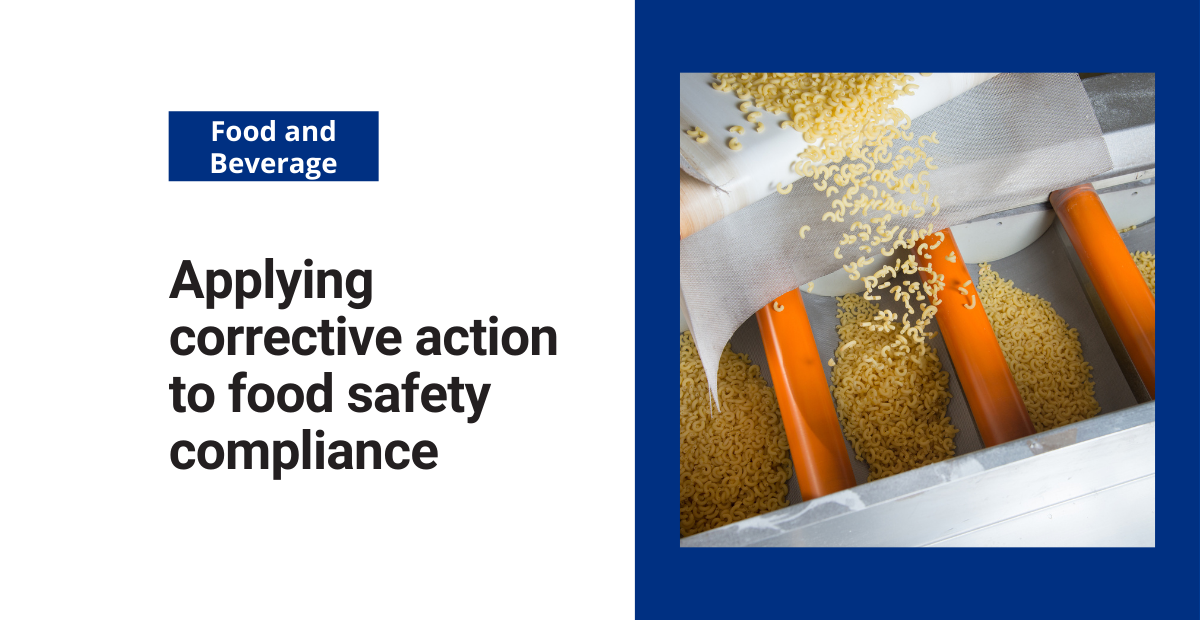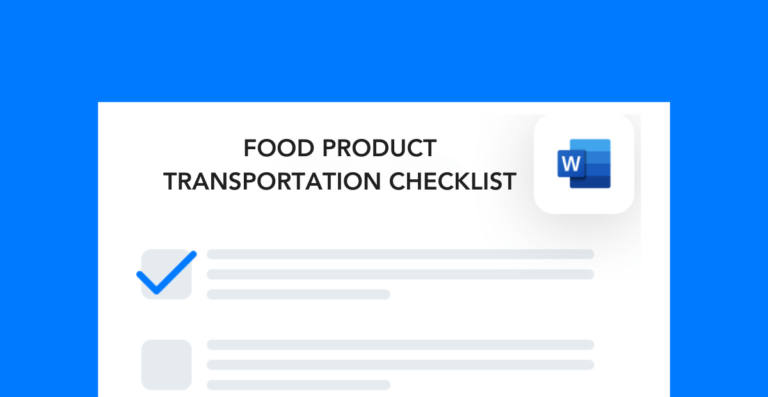Since 2014, the USDA’s Food Safety and Inspection Service has issued an average of 98 recalls per year. Each recall comes with its own costs to public wellbeing, worker safety, and corporate reputation. That’s why corrective action food safety measures are so important.
They are designed to eliminate recurring issues. They tackle foodborne illnesses head on, reducing the impact that outbreaks have on customers and workers. And corrective actions, when documented properly, may even solve more than one problem at a time.
The purpose of corrective action in food safety
Corrective action is a set of procedures designed to fix “nonconformities” within a system. This approach is also referred to as “corrective and preventive action,” or “CAPA” for short. It includes actions that happen both before and after an incident.
In food safety, the goal of corrective action is to stop foodborne illnesses in their tracks. Immediate corrective actions address issues that have already caused incidents. Meanwhile, preventive corrective actions keep hazards from contaminating a food source in the first place.
While it’s ideal to prevent a food safety issue before it happens, it doesn’t always work that way. Both customers and workers rely on quick and effective actions to protect them from foodborne illnesses.
Examples of food safety corrective actions
Preventive actions are those you would take to stop an issue from occurring. They include measures like:
- Inspecting and repairing equipment regularly
- Providing high-quality food safety training to all employees
- Storing food items at an appropriate temperature
- Checking packaging for signs of contamination
When an incident does happen, immediate actions reduce the impact. They include things like:
- Keeping sick employees away from food products
- Following rigid procedures for the disposal of contaminated ingredients and products
- Fixing any machines that have contributed to an incident
- Rejecting food items that show signs of contamination
While these actions might look different for each organization, their goal is the same: reduce the impact of food safety hazards. Having a dedicated corrective action plan is very important to achieving that goal.
Corrective and preventive action (CAPA) plans
A CAPA plan includes all the actions you will take to address and prevent incidents. It should include detailed information about any past food safety incidents and how you will stop them from reoccurring. A CAPA plan should also include the preventative measures you’ll use to eliminate contamination and foodborne illnesses.
Learn more about CAPA plans in this quick video:
Documenting corrective actions
For corrective actions to work, you need to document and track them. If you don’t, you won’t know what’s working and what’s not. The first step of documenting corrective action food safety measures is analyzing the root causes of past incidents.
A root cause analysis helps you create a more effective CAPA plan. That’s because your plan will target more than just surface-level problems. Successful corrective action eliminates the underlying source of an issue, ensuring that the issue can’t resurface. Techniques like the 5 why analysis can make it easier for you to find a root cause.
For each root cause (there may be several per incident), list out the corrective actions you’ll use to tackle it. Make a record of all the solutions you’ve tried. Your record should include the date, team members, work area, equipment, and any other variables involved in the corrective action. It should also have follow-up details on whether the solution has worked.
Tracking corrective action food safety measures
There are two main ways to track corrective actions:
1. Manual: Using pen, paper, and a tool like Microsoft Excel to track corrective actions is a common approach. If you use this method, you’ll need to come up with a system for organizing records and analyzing the outcomes on your own.
2. EHS Software: Action tracking software allows you to document and store your corrective actions in the cloud. It has automatic reporting and analyzing capabilities, making it easier to see whether your solutions have worked.
If you have a small business with one facility and just a few workers, you might be fine with a manual documentation system. For larger, more complex businesses, however, action tracking software is the way to go. It allows leaders across the company to view meaningful EHS data. And it prevents failed approaches from being repeated in the future.
When you manage your corrective actions for food safety, you’re protecting both workers and consumers. And the long-term impact of that is an outstanding brand reputation amongst your competitors in the food industry.




